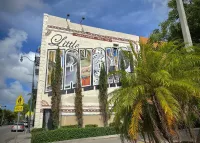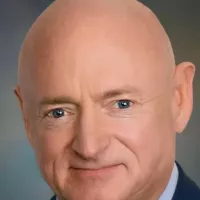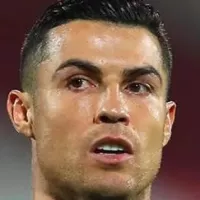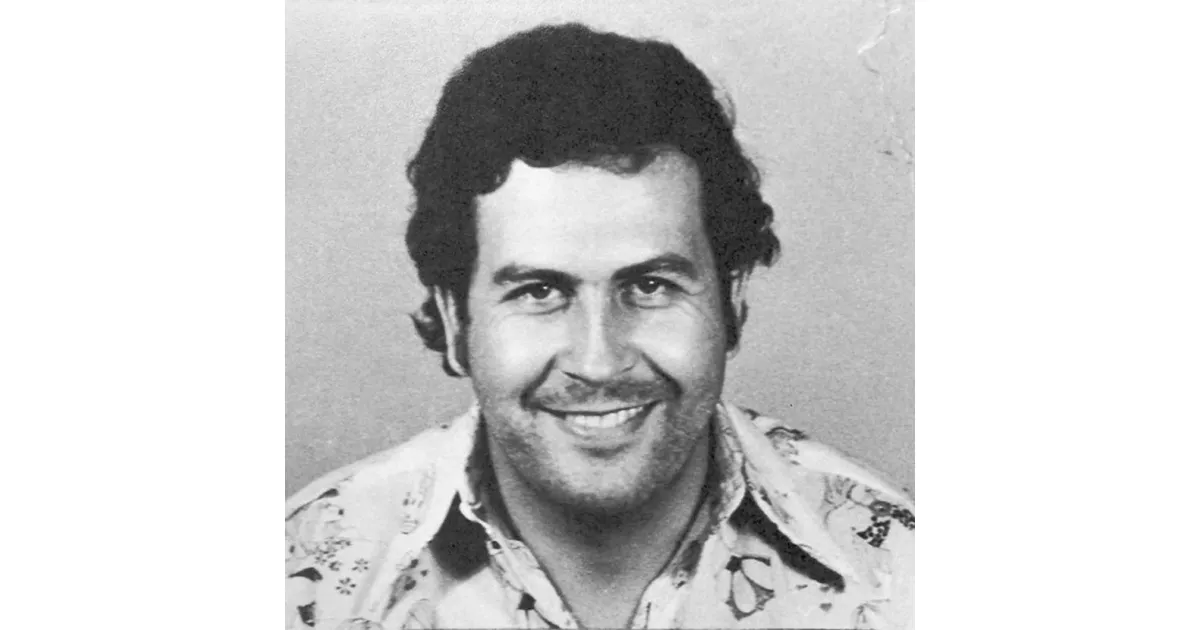Resilience and perseverance in the journey of Pablo Escobar. A timeline of obstacles and growth.
Pablo Escobar was a Colombian drug lord who led the Medellín Cartel, responsible for a significant portion of the cocaine trade during the 1980s. Known for his ruthless tactics, he employed violence and bribery to expand his empire, becoming one of the wealthiest criminals in history. He briefly held a political position before his criminal activities overshadowed his political aspirations. Escobar's actions had a profound impact on Colombia, marked by widespread violence and political instability. He was eventually killed in 1993, bringing an end to his reign and the dominance of the Medellín Cartel.
1976: Escobar Arrested and Released
In 1976, Escobar was arrested by the Administrative Department of Security (DAS) with 39 kilograms of cocaine hidden in his car. However, he was quickly released after judicial bribery, and the lead officer in the case was later murdered.
1979: U.S. and Colombia sign Extradition Treaty
In 1979, the U.S. and Colombia signed an extradition treaty, which was later invalidated by Colombia's Supreme Court in 1986.
1983: Political Career Ends After Denouncement
In 1983, Escobar's political career ended after Minister of Justice Rodrigo Lara Bonilla publicly denounced his involvement in drug trafficking and alleged cartel financing of political campaigns. Following Lara's statements, both the Colombian government and the United States increased pressure on Escobar, and his links to organized crime became a matter of national and international scrutiny.
1983: Minister of Justice denounces Escobar
In 1983, Minister of Justice Rodrigo Lara Bonilla denounced Escobar as a drug trafficker. As a result, Liberal leader Luis Carlos Galán expelled Escobar from the New Liberalism movement.
January 1984: Escobar Resigns his Seat
In January 1984, following his denouncement as a drug trafficker, Pablo Escobar resigned from his seat.
1986: Supreme Court Invalidates Extradition Treaty
In 1986, Colombia’s Supreme Court invalidated the 1979 U.S.–Colombia extradition treaty, though President Virgilio Barco Vargas later reinstated it.
1988: Cali Cartel Bombing of Edificio Monaco
In 1988, the six-story Edificio Mónaco, built for Escobar’s family in Medellín, was gutted by a car bomb planted by the Cali Cartel.
1991: Escobar Surrenders to Authorities
In 1991, Escobar surrendered to authorities under an agreement with President César Gaviria that barred his extradition to the United States. He was confined in a luxury facility he built, known as La Catedral.
July 1992: Escobar escapes from La Catedral
In July 1992, after the murder of two associates inside La Catedral, the government ordered Escobar's transfer. He escaped on 22 July 1992, initiating a nationwide manhunt.
1992: Escobar Escapes from La Catedral
In 1992, after officials attempted to transfer him to a regular prison, Escobar escaped from La Catedral, prompting a nationwide manhunt.
2023: Hippo Relocation Proposal
In 2023, Colombian officials proposed relocating dozens of hippos to sanctuaries in Mexico and India. This plan, aimed at managing the growing hippo population, raised questions about feasibility and ecological ethics.
Mentioned in this timeline
Home Box Office HBO is an American pay television service...
The United States of America is a federal republic located...
California is a U S state on the Pacific Coast...
Colombia officially the Republic of Colombia is a country located...
Virginia officially the Commonwealth of Virginia is a state located...

Miami is a major coastal city located in Florida United...
Trending
7 days ago Judge Suspects Misconduct in Comey Case, DOJ Ordered to Release Grand Jury Material

2 months ago Zach Bryan Teases New Song and Achieves Record Concert Audience at Michigan Stadium.

8 months ago Kelly & Mark bid adieu to 'Live' studio after 37 years; career update.

1 month ago Billups and Rozier Face Gambling Charges: NBA Betting Probe and Arrests

6 days ago Justin Tucker's NFL Suspension Ends; Potential Teams Include Packers, Rams, and Falcons.
The Canary Islands are a Spanish archipelago situated in the Atlantic Ocean approximately kilometers northwest of Africa As the southernmost...
Popular

William Franklin Graham III commonly known as Franklin Graham is...
Aftyn Alyssa Behn is an American politician currently serving as...

XXXTentacion born Jahseh Dwayne Ricardo Onfroy was a controversial yet...

Candace Owens is an American conservative political commentator and author...

Marjorie Taylor Greene known as MTG is a U S...

Cristiano Ronaldo often nicknamed CR is a Portuguese professional footballer...
